Drones for Hobbyists and Professionals — Regulations, Camera & Flight Technology
1. Introduction: Why Drones Continue to Soar in Popularity
Over the past decade, drones (also known as UAVs — unmanned aerial vehicles) have moved from niche gadgets to essential tools. Hobbyists use them for aerial photography, racing, fun; professionals use them in cinematography, mapping, agriculture, inspection, rescue, surveying, surveillance, and beyond. The cost of components (cameras, sensors, batteries) has declined, while the capabilities (flight stability, image quality, autonomy) have improved dramatically.
But with increased use comes increased responsibility. Whether you fly for fun or commercial purposes, you must be aware of the technical, legal, and practical aspects of drone flying. Understanding camera and flight tech is crucial if you want good footage, safe flights, long battery life, legal compliance, and ultimately satisfaction with your investment.
2. Regulatory Landscape: What You Need to Know
Regulations are one of the most important things to get right. Laws differ by country, region, sometimes even by city. Here are the main areas you should know and watch.
National vs International Rules
- Different countries have aviation authorities (FAA in USA, EASA in Europe, CAAS in many Asian countries, Pakistan’s CAA, etc.) that set rules. If you travel with a drone, rules in your home country may differ from the destination.
- International bodies / conventions sometimes influence regulations (ICAO, etc.), but enforcement is local.
Registration, Pilot Licensing & Remote ID
- Registration: Many countries require drone registration if they have cameras or exceed certain weight thresholds. For example, in Pakistan, the Civil Aviation Authority recently made drone camera registration mandatory. Internews Pakistan+2The Express Tribune+2
- Pilot Licensing / Remote Pilot License: Where drones are used beyond minimal risk (for commercial or certain weight classes), remote pilot licenses may be required. In Pakistan’s draft rules “Civil Unmanned Aircraft Rules, 2024”, operators of drones in categories II, III & IV will need a Remote Pilot Licence. The Nation+2INCPak+2
- Remote ID: Many jurisdictions require drones to broadcast ID, location, and operator info in real time. These “digital license plates” aid regulators and may become mandatory for more flights (especially commercial). (E.g. U.S., EU) Aviation Rise
Weight Categories, No-Fly Zones & Altitude Limits
- Drones are often categorized by Maximum Take-off Weight (MTOW). Regulations may be different for drones under 250 g vs heavier drones. Lightweight drones often have fewer restrictions. (Pakistan’s CAA divides drones into four categories: e.g. up to 250g, 250g-10kg, 10-25kg, 25-100kg) The Nation+1
- No-Fly Zones / Geofencing: Airports, military zones, restricted government areas, emergency zones, etc., often marked as no-fly. Many drones / manufacturers incorporate software restrictions or geofencing.
- Altitude Limits: Maximum legal flight height (often around 120 meters / 400 feet in many jurisdictions) to avoid interference with manned aircraft.
Privacy, Safety & Liability Issues
- Privacy: Using drone cameras can invade privacy if flying over private property or filming people without consent. Regulations may limit where you can fly or impose penalties.
- Insurance & Liability: For commercial work, insurance may be required. In case of damage, accident, or injury, operator liability matters.
- Safety rules: Line of Sight (VLOS), not flying over people / crowds, respecting weather conditions, avoiding interference with other aircraft, ensuring safe takeoff/landing.
3. Camera Technology in Drones
The camera is often what people care about most: images and video are what you showcase. But effective camera tech in drones involves a combination of hardware and software.
Sensor Size & Resolution
- Larger sensors usually mean better low-light performance, less noise, wider dynamic range. Many high-end drones use 1-inch sensors, or CMOS sensors of 4/3 or similar.
- Resolution: 4K is common; many pro drones now offer 5.4K, 6K, even 8K video recording. Higher res allows cropping and stabilizing in post without losing quality.
Lens / Field of View / Aperture
- Field of View (FOV): wide or ultra wide gives dramatic sweeping shots; some missions like inspection or mapping prefer narrower fields / zooms.
- Aperture: Larger apertures (lower f-number) means more light, better performance in shade / dusk / dawn. But wide aperture and large sensors cost more.
- Zoom / Telephoto: Some drones have optical zoom or hybrid zoom. Helps for long-distance shots, wildlife, inspection work.
Gimbals, Stabilization & Image Processing
- Gimbals: Mechanical stabilization (3-axis) is essential for smooth, cinematic footage. Without it, footage shakes due to wind, movement.
- Inertial Measurement Units (IMUs) assist stabilization.
- Electronic Image Stabilization (EIS): software-based, useful in lightweight drones or smartphone drones; sometimes combined with gimbals.
- Image Processing: RAW image capture vs compressed JPEG; HDR video; log color profiles (D-Log, etc.) for color grading.
Video Codecs, Bitrates, Frame Rates & Color Profiles
- Higher bitrates and modern codecs (H.265 / HEVC, or better) retain more detail.
- Frame rates: 24/30 fps for cinematic; 60fps+ for smooth motion; higher for slow motion (120fps, etc.).
- Color profiles: flat / log profiles let you grade later; capturing high dynamic range (HDR10, etc.) helps with contrasty lighting.
Features for Professionals: RAW, HDR, Low Light, Zoom & Telephoto
- RAW photo capture (e.g. DNG) gives more flexibility.
- Low light performance via sensor / lens, or dual ISO systems.
- HDR video or bracketing for high contrast scenes.
- Optical zoom or interchangeable lens drones help pros.
4. Flight Technology & Performance
Camera alone isn’t enough; flight dynamics, control, battery, safety and autonomy matter a lot — especially for professional use.
Flight Controllers, GPS & GNSS Systems
- Flight controllers manage stabilization, path following, returns, etc. Modern drones use GPS + sometimes other GNSS systems like GLONASS, Galileo, etc., for better accuracy.
- RTK (Real Time Kinematic) and PPK: For precision maps and survey work, these systems allow real-world position accuracy down to centimeters.
Sensors & Obstacle Avoidance
- Obstacle detection using vision sensors (stereo cameras), LiDAR, ultrasonic, infra-red etc. Helps avoid collisions in complex environments.
- Many drones have forward, backward, sideways, downward obstacle avoidance. For advanced flight (e.g. in trees, close to cliffs), robust sensors are essential.
Battery, Power Efficiency & Flight Time
- Battery capacity vs weight vs flight time is a central trade-off. Heavier payload (camera, sensors) reduces flight time.
- Efficient motors, high density batteries, smart power management (low power modes, ability to land automatically, etc.).
- For professional operations, backup battery sets and quick swap are important.
Telemetry, Transmission Range & Lossless / Low-Latency Links
- The link between drone and remote controls (video feed) matters: range, latency, video quality. For creative control (FPV, live streaming), low latency is essential.
- Transmission technologies: digital vs analog, frequency bands (2.4GHz, 5GHz, etc.), OcuSync, Lightbridge, others. Encrypted links over long range help with reliability and safety.
Autonomous Features: Waypoints, Follow-Me, Smart Modes
- Pre-programmed flight paths (waypoints) let you capture consistent shots (e.g. mapping, surveying, cinematic paths).
- Follow-Me / subject tracking modes are now quite advanced. Good for solo shooters.
- Geofencing, Return to Home (RTH) in case of signal loss or low battery.
5. Comparing Hobbyist vs Professional Drones: Trade-Offs & Use Cases
Hobbyists and professionals have different needs and budgets. Understanding trade-offs helps pick the right drone.
| Aspect | Hobbyist Drone | Professional Drone |
|---|---|---|
| Budget | Lower cost; less powerful sensors; fewer safety features. | Higher price; premium optics, better motors / batteries; more redundancy. |
| Regulatory Requirements | Might stick to small lightweight drones; less paperwork; fewer restrictions. | Heavier drones, frequent flights, commercial permits, higher safety / insurance obligations. |
| Camera & Image Quality | Good 4K, average sensors; limited zoom; entry-level gimbals. | Large sensors; log / RAW capture; multiple lenses / optical zoom; high bitrates. |
| Flight Features | Basic obstacle avoidance, standard smart modes; shorter flight times. | Advanced obstacle sensors, autonomous mission planning, long range, LiDAR etc. |
| Maintenance & Support | Easier to replace; less service; more consumer adhesives / shells. | More robust; better warranty; parts replacement; support for professional firmware / apps. |
| Durability & Weather Resistance | Often minimal (not fully waterproof; limited ingress protection). | Higher IP ratings; ability to fly in more challenging environments. |
Use cases:
- Hobbyists: capturing hobbies, travel scenes, fun, social media, FPV flying.
- Professionals: cinematography, mapping/survey, agriculture, inspection (power lines, pipelines), search & rescue, commercial photography/videography.
6. Key Models & Trends (2025)
Here are some of the latest drone models and technology trends as of 2025 that illustrate where things are going:
- DJI Mini 5 Pro: A sub-250g category drone featuring a 50MP 1-inch CMOS sensor, 4K up to 120fps video, front-facing LiDAR for enhanced obstacle sensing. A premium lightweight option. TechRadar
- DJI Mavic 4 Pro: Known for its triple-camera setup including a 100MP 4/3-inch Hasselblad sensor; long flight time (~51 minutes); advanced omnidirectional obstacle avoidance. Tom’s Guide
- DJI Air 3S: Improved low light performance; large sensor; foldable design; advanced obstacle avoidance and telemetry. WIRED
- Hobby/prosumer drones like the DJI Air 2S, Autel-EVO Lite+, etc., which offer excellent camera performance, improved flight tech, and more autonomous features. Dronesdeli
Trends:
- Increasing weight and performance of sub-250g drones to hit those minimal regulation classes without sacrificing image quality.
- Enhanced sensors (LiDAR, infrared) for obstacle avoidance and low light.
- Smart safety features: geofencing, Remote ID, return-to-home, fail-safe modes.
- Higher dynamic range, more cinematic color profiles, log video, etc.
7. How to Choose the Right Drone: What to Prioritize
If you are shopping for a drone (hobby or professional), here are key criteria and questions to ask yourself.
- Purpose / Use Case
- Travel vlogging? Cinematography? Surveying / mapping? Inspection work? FPV racing?
- Match camera features, flight features, durability to what you do.
- Regulations & Weighing Legal Compliance
- What is the weight class in your country? Does being under a certain weight reduce permit/licensing requirements?
- Remote ID requirements? Pilot license? Registration?
- Camera Specs
- Sensor size, resolution, lens, dynamic range.
- Stabilization, gimbal.
- Video profiles (log, RAW), bitrates, video vs photo priorities.
- Flight Tech & Safety
- Obstacle avoidance, range, telemetry.
- Autonomous flight modes.
- Battery life plus spare batteries.
- Portability vs Payload
- Lighter drones easier to travel with, but may compromise sensor / stability.
- Transmission / Latency
- Low latency essential if flying FPV or live streaming.
- Support, Parts & Durability
- Warranty, spare parts availability, repair centers.
- Weather resistance / IP rating.
- Budget & Total Cost of Ownership
- Upfront cost + accessories (batteries, ND filters, data storage) + insurance / registration / permits.
8. Safety, Maintenance & Best Practices
Even with great tech, safe and responsible operation is essential.
- Always pre-flight check: batteries, motors, propellers, firmware.
- Update software/firmware routinely for safety fixes.
- Calibrate compass / IMU when changing environment or large altitude/geographical changes.
- Follow local airspace rules, avoid flying near airports, over crowds, etc.
- Keep line of sight unless permitted otherwise; avoid flying beyond radio range; monitor signal.
- Monitor battery and weather: avoid flying in strong winds, rain, or extreme heat/cold unless drone is rated.
- Store safely; inspect for damage; replace worn propellers.
9. The Future of Drone Tech: What’s Coming Next
What can hobbyists and professionals expect in coming years?
- More autonomous features: obstacle detection + avoidance will become more robust; drones that can plan flights, avoid obstacles in complex indoor/outdoor terrains.
- Lighter, more efficient batteries; improved energy density; possibly hybrid power sources.
- Improved image sensors: better low light performance, more dynamic range, better zoom / telephoto capabilities.
- More smart transmission systems: longer range, less latency, more secure links.
- Regulations catching up: more consistent rules globally, integration of drones into air traffic systems, Remote ID enforcement.
- Integration with AI & machine learning: smarter tracking, subject detection, predictive flight control (e.g. adapting to wind).
- Increased use of drones in non-traditional fields: environmental monitoring, delivery, agriculture, infrastructure maintenance, surveillance (with privacy caveats).
10. Local Considerations (Pakistan / South Asia)
Since regulations and availability differ by region, here are key considerations for Pakistan (and similar countries in South Asia):
- As of mid-2024, Pakistan’s CAA has made drone camera registration mandatory; owners must register drones and remote pilot licenses for certain categories. Internews Pakistan+2The Nation+2
- Drones are categorized by weight, with heavier drones subject to stricter licensing and operation rules. The Nation+1
- Import/export of drones may require clearance from Ministry of Defence; restricted areas and borders are no-fly zones. The Nation+1
- For drone enthusiasts, knowing local regulations (CAA) before purchase (especially heavier/professional drones) is essential to avoid fines, confiscation or licensing problems.
- Access to support/parts: In Pakistan/South Asia, DJI is widely available; other brands less so — check local availability of repair, parts, legal permissions.
- Local mapping and airspace rules may be stricter; weather (monsoon season, winds) and temperature extremes should factor into drone selection (battery and frame design).
11. Conclusion
Drones are powerful tools, whether you’re flying for pleasure or work. They combine aerial freedom, creative camera angles, advanced flight tech, and increasing regulation. To choose the right drone, you need to balance:
- What you want to do (creative content, mapping, inspection, recreation)
- Camera specs vs portability vs price
- Safety features and flight autonomy
- Compliance with local regulation and the cost / effort that entails
As technology advances, many barriers (flight stability, low-light camera performance, distance, autonomy) are being lowered. Regulations are also catching up, though sometimes lagging behind innovations. Staying informed, flying safely, respecting privacy, and choosing the right tool for your needs will ensure you benefit maximally and legally from what modern drones can offer.
Share this content:
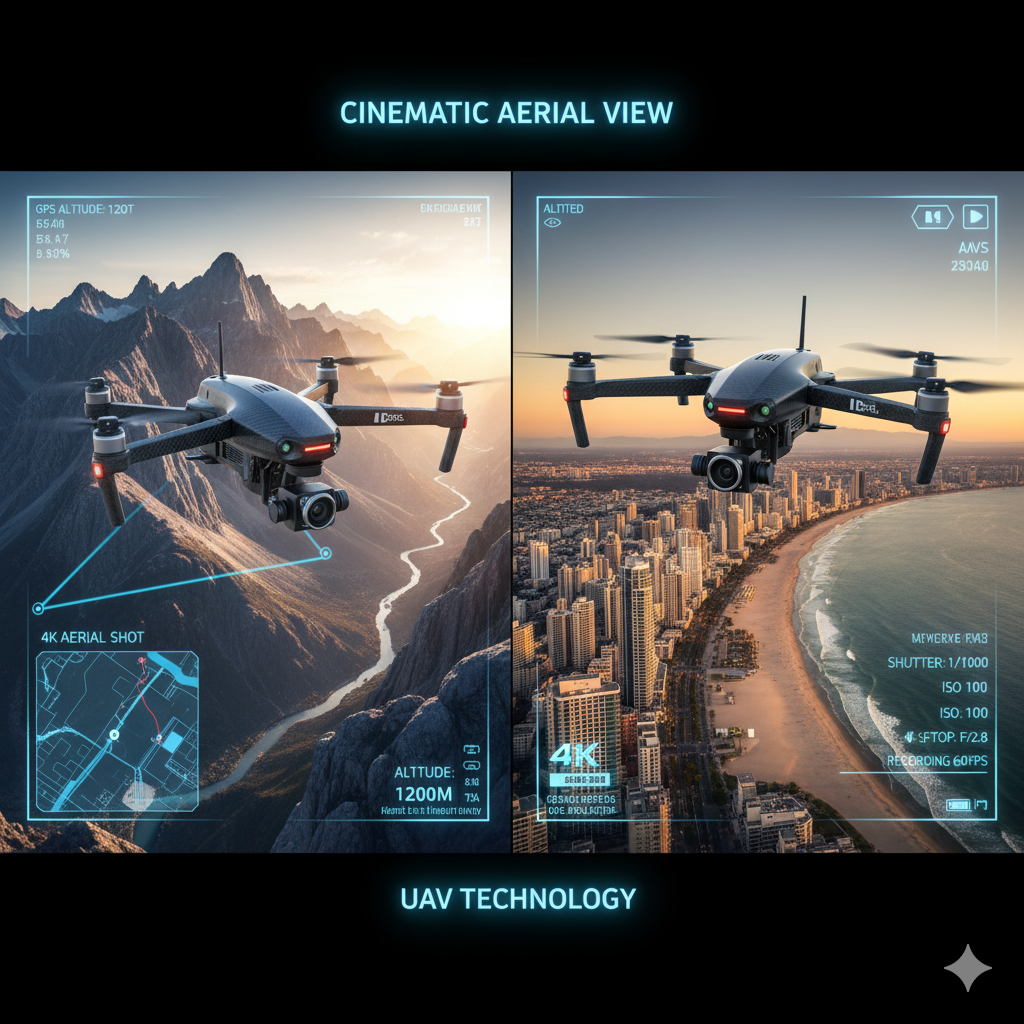
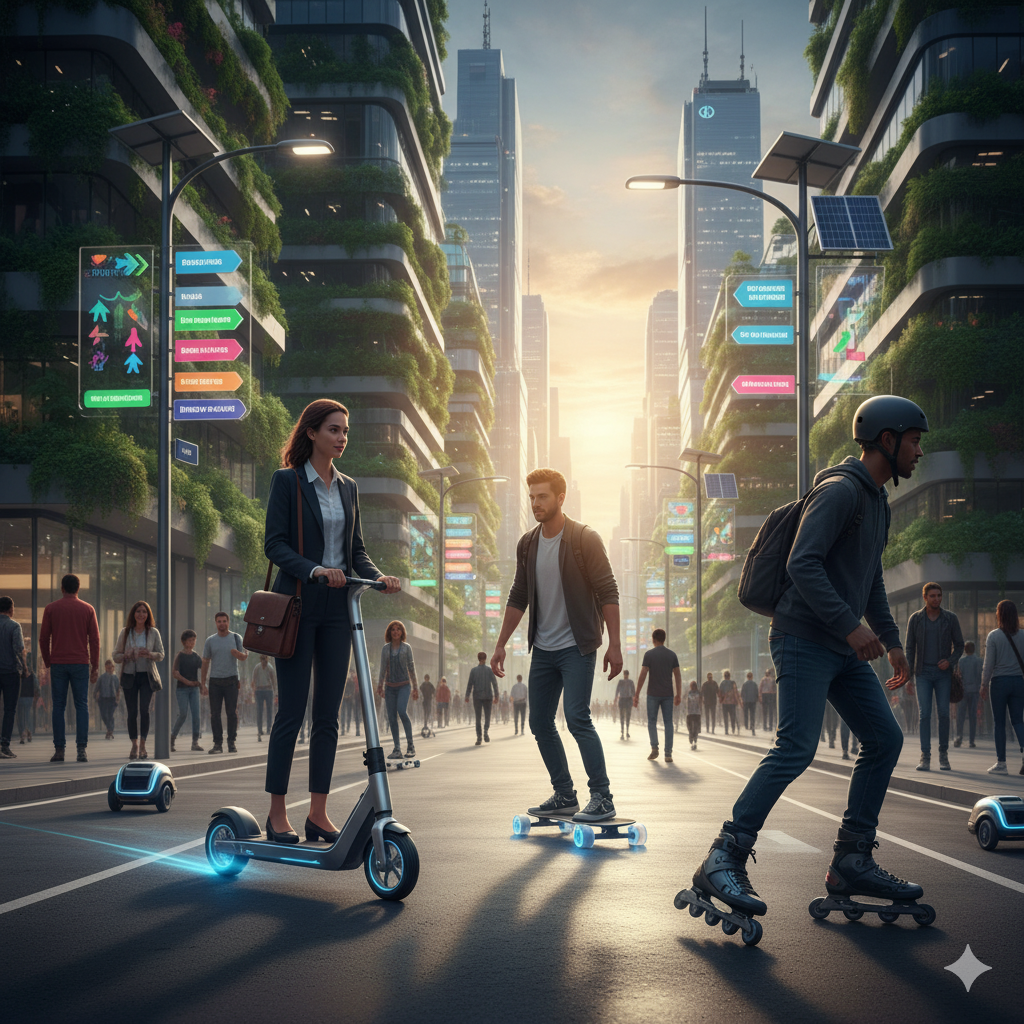


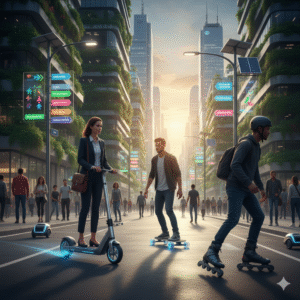





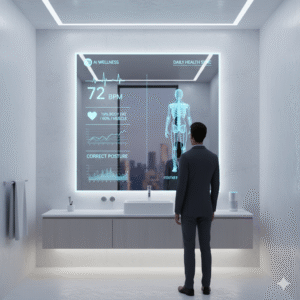


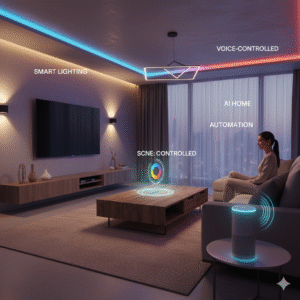
Post Comment